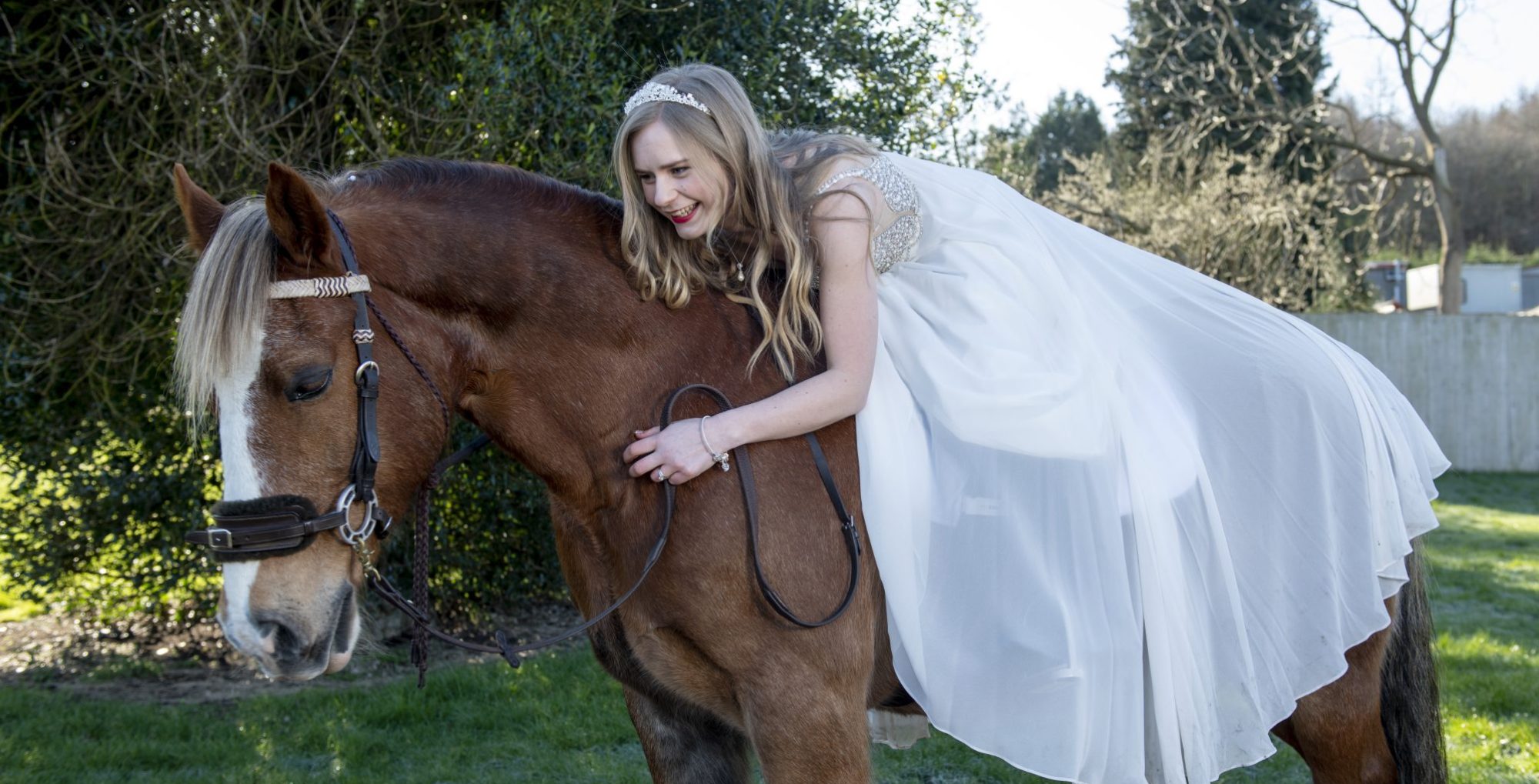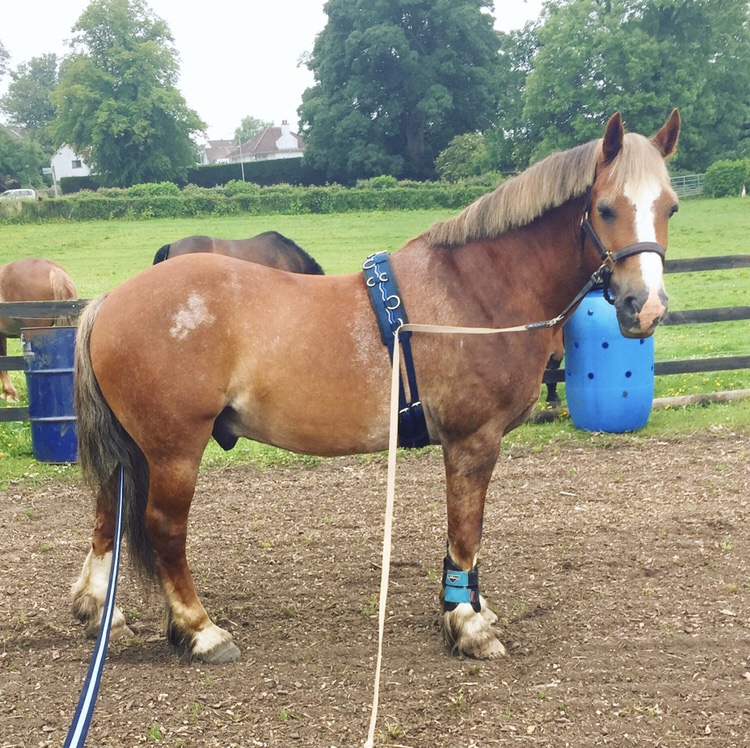Bo will be 20 this year and because of his age and ability, I have to be careful with what I am doing. Lunging is a touchy subject because some people will say it is useful, others will say it’s damaging.
Personally, I think it depends on how you’re lunging. I feel the way that I lunge promotes cardio, encourages good listening and improves the morale of the horse. However, there are certain things you need to take into account when you are lunging your horse.
Time Limit
Have you ever heard the saying “10 minutes on the lunge is like 30 minutes of riding”? I believe this to be relatively true- perhaps not to the exact minute but still a valid point. Lunging is hard work for the horse because they are working on a circle. Therefore, you need to be mindful of how long you are lunging for. When I plan my lunging session, I tend to make the full session a total of around 20 minutes because I think Bo would struggle with any more than that. A younger, fitter horse might be more comfortable to work for longer. Twenty is plenty for me. Short, sweet and focussed.
The Goal
Never go into a lunging session with nothing planned. You will bore yourself and your horse. I believe you should always be working to improve your horse, even in small ways and so going into a lunge session where you are aimlessly trotting your horse on a circle is sure to be a snooze-fest for you both.
My focuses change, depending on where Bo is in his fitness and training. Generally, my focuses are:
1. Listening and responsiveness
2. Cardio improvement
3. Shape and movement
If you have a focus and know what you want out of the session, you will be more likely to achieve it. In my most recent lunging session, I was looking for responsiveness in the beginning and then, once we had that, I was looking for a nice stretchy trot. I got both and I called it quits at that.
Keeping it Interesting
Lunging doesn’t need to be endless circles. Make it fun and interesting. Some ways you can do that are:
- Transitions, transitions, transitions (walk – trot, halt- trot, trot- halt)
- Poles on the ground (different amounts- sets of 1,2,3 and more)
- Raised poles (good for extra core work)
- Small jumps
- Teach a trick (e.g. change direction by themselves)
The more interesting the session, the more fun it is for both of you. I love using poles to create little grids, it focuses me to line Bo up correctly and get the correct pace and it also focuses Bo.
Emphasis on Listening
Listening is the core of lunging. If your horse won’t listen to the commands, then you can’t possibly hope to achieve anything. I always focus on this first in a session as Bo can be a bit tone deaf. Once we have worked on it a little, and he is listening in a consistent manner, we can move on to whatever exercise we are working on.
Lunging Tools
I’m a bit of an anti-gimmick I must say. I think side-reins and passoa’s and the likes are useful if used correctly, but in my experience, I find they are often used incorrectly. I never use any of these as I just don’t feel the need with Bo because of the stage he is at. In a younger horse, I would potentially consider it depending on the horse of course, but I actually prefer lunging with 2 lines attached to a head collar and a roller and then linking this with long-reining.
It’s entirely personal preference but I think these are tools which should be used for the right reasons and consistently. I would say think carefully about your horse as an individual when you are considering using different tools in lunging.
Happy horsing!


